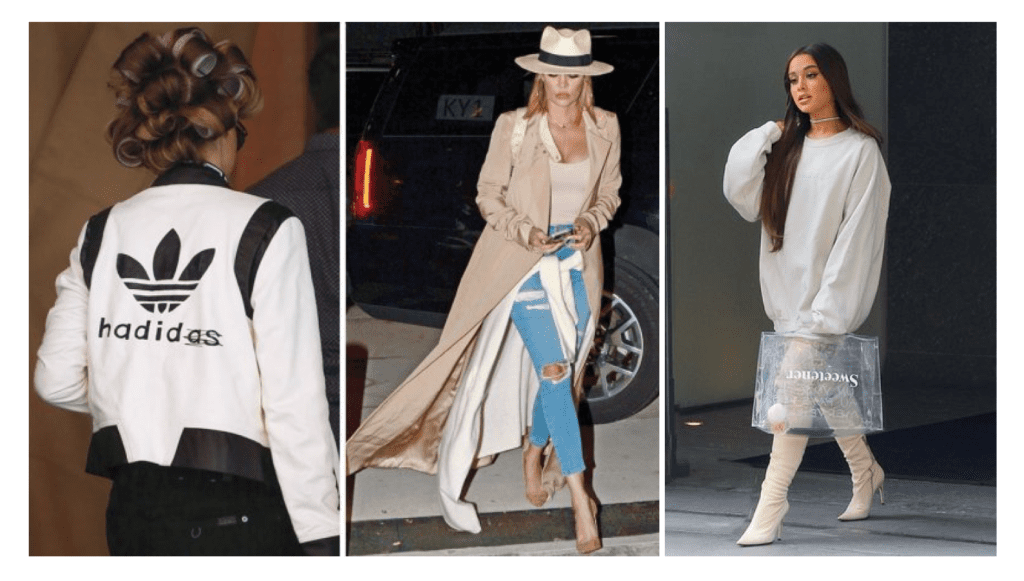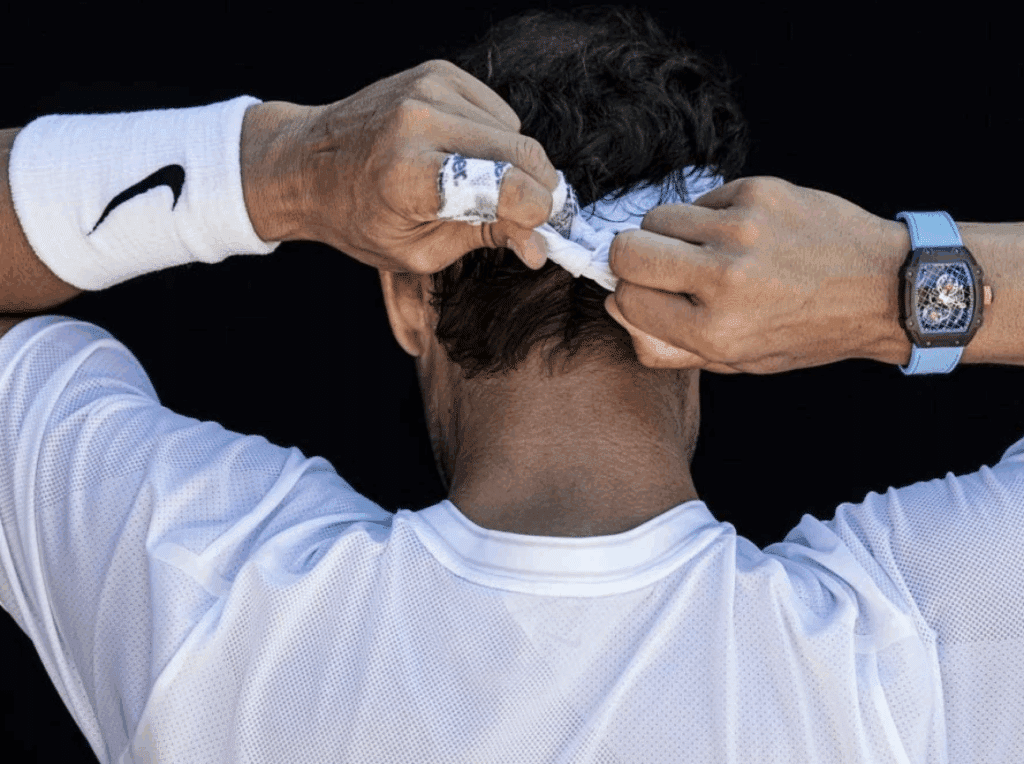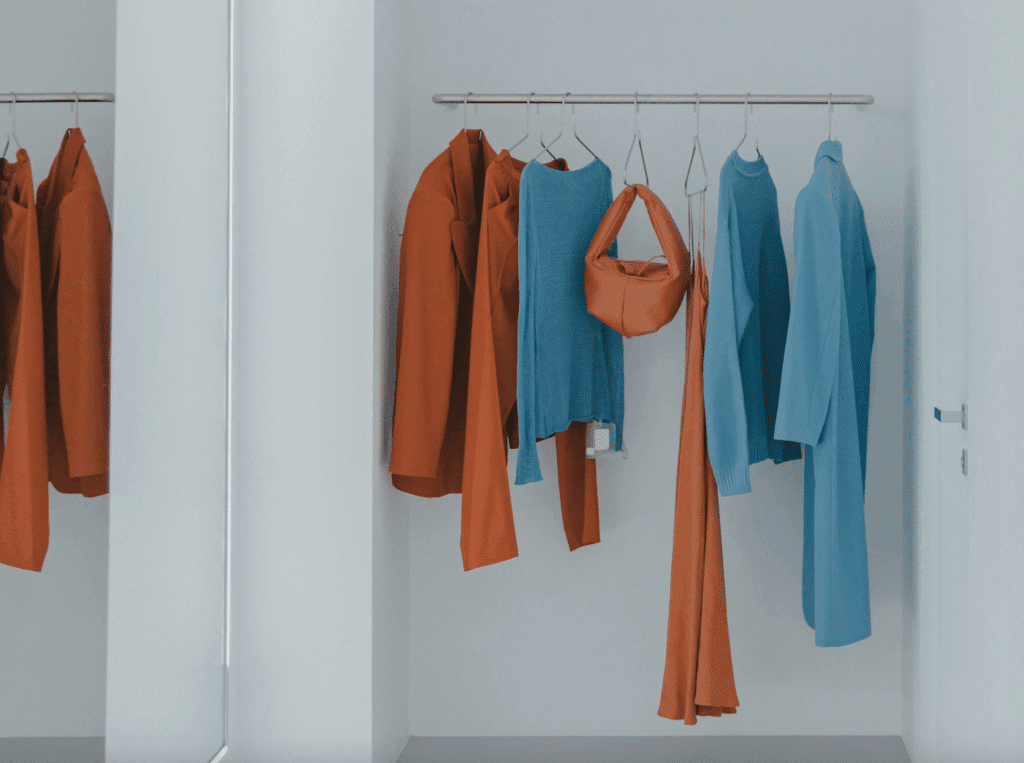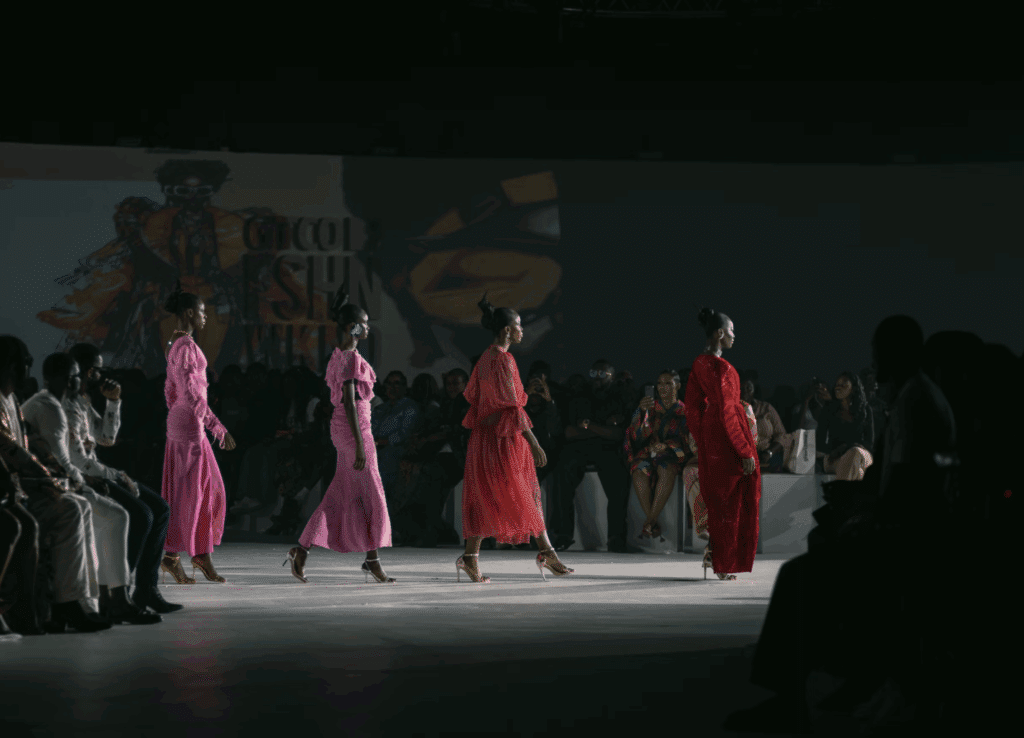“The Copyright Act did not anticipate this,” one Twitter user noted in connection with the latest paparazzi vs. celebrity lawsuit, which – as of the time of publication – is one that pits Splash News against Nicki Minaj. In the newly-filed suit, Splash News is accusing the musician of copyright infringement for posting seven photos of herself to her Instagram account. The problem, per Splash News, is that while Minaj is, in fact, the focal point of the images, she is not the copyright holder.
The suit that Minaj is currently facing joins a slew of similar ones filed against famous figures, ranging from supermodel Gigi Hadid, who has been sued twice for posting others’ photos of herself on her Instagram account, and reality television mega-star Khloe Kardashian to pop princess Ariana Grande and singer-turned-licensing mogul Jessica Simpson, and brands like Christian Siriano, Versace, and Marc Jacobs. Given the fanfare surrounding big-name celebrities, this budding trend in litigation has inevitably come with outrage, as well as questions about the state of copyright law in the United States.
First codified in 1909, by way of the Copyright Act of 1909, and subsequently updated in the form of the Copyright Act of 1976, copyright law in the U.S. provides protections for “original works of authorship fixed in any tangible medium of expression.”
This means that original poetry, movies, video games, films, stage productions, paintings, sheet music, recorded music performances, novels, software code, sculptures, photographs, architectural designs, and elements of fashion designs, among other things, are afforded protection as long as they meet the requisite levels of creativity and originality, and are, of course, “fixed in a tangible medium,” which essentially means that they actually exist in some form or other.
The owner of a copyright – i.e., the creator of the work, whether it be the photographer who captured a photo, the author of a book, the artist behind a sculpture, etc., or the entity to which those rights are assigned/transferred to by the original copyright holder – has the exclusive right to reproduce, distribute, perform, display, license, and to prepare derivative works based on the work, generally for his entire life and then for 70 years after his/her death. Assuming the copyright holder has received a registration from the U.S. Copyright Office, his/her bundle of rights also includes to ability to sue for copyright infringement when that work is used in an unauthorized manner.
For the most part, the growing string of paparazzi copyright cases – which can be attributed not just to the general rise of social media usage but also to the work of a few overly active copyright attorneys, who have found favor amongst copyright-holding plaintiffs – fits neatly within the confines of copyright law. As the individuals behind the creation of the photos at issue, the paparazzi photographers (or their employers) are the exclusive holders of the copyrights in the photos, regardless of whether the subjects consent to such images or not. When another individual or entity – regardless of who they are – makes unauthorized use of those photos, that gives rise to a claim of infringement.
These infringement lawsuits make sense based on the tenets of the Copyright Act. “Copyright is very broad from a legal perspective. The minute I create something, I have copyrights,” Tim Hwang, a lawyer and the director of Harvard and MIT’s Ethics and Governance of AI Initiative, told the Verge this spring. “I have rights over that content, and so, really anything I create, if it is [used] by someone else without my permission, I have the right under the law to get it taken down, to control it, to protect and constrain that content.” As such, these instances of alleged infringement are, for the most part, little more than examples of copyright 101.
At the same time, these cases prove compelling at least in part because of the questions and commentary that comes in response to litigation that centers on individuals posting photos of themselves that were taken in at least some cases without their explicit consent. Such arguments against the ability of paparazzi photographers to take copyright infringement action commonly come hand-in-hand with the assertion that this is not the type of infringement that the drafters of the Copyright Act could have predicted.
With this in mind, discussions surrounding the rise in such suits also frequently include calls for reform to modernize the 43-year old Copyright Act, at least in part because “copyright law was written in an age when copying was hard and many types of content creation – like photos and videos – was hard,” Athul K. Acharya, a public interest attorney at BraunHagey & Borden, told TFL. More than that, “The concept of ‘ownership’ of images and videos is shifting, and will shift further, as everyday people find themselves in photos all the time, taken by people they know and don’t know, with and without their permission.”
Acharya says that “copyright law has a lot of catching up to do — close, I think, to the what it had to do when computers made copying a routine, necessary, nanosecond process.” While such modernization could be achieved by way of an amendment to the Copyright Act, it is “hard to say whether judicial construction” would guarantee a “good outcome,” he says.
According to New York University Law professor Christopher Sprigman, who specializes in copyright law, the answer lies in the handling of these cases, themselves. Instead of some sweeping reform to the Copyright Act, “What we really need is for a good defense lawyer to argue the equities – namely, that the photographer is figuratively biting the hand that feeds him – and a good judge to find, on that basis, that minimal statutory damages are due [assuming the photo is registered], and that the plaintiff should not recover attorney’s fees.” Something like that, he says, “would put an end to these suits right quick, considering that actual damages in these cases tend to be scant and difficult to prove.”
If the pending case that Xclusive-Lee, Inc. filed against Gigi Hadid is any indication, at least some of the defendants in these cases are willing to fight back, instead of quietly settling out of court. Hadid’s defense, which has centered largely on claims of fair use, comes on the heels of the settlement of a case initiated by Odell Beckham Jr. The football star filed suit against Splash News in February 2018, accusing the photo agency of allegedly attempting to “extort” him into paying $40,000 after he posted one of its photos – of himself – on his Instagram account.
“The audacity of Splash News to demand payment from Beckham – the very person who provided value to the photos – is shocking, reeks of bad faith, and emphasizes the utterly troll-ish behavior of Diggs and Splash,” the complaint asserts. Counsel for Beckham further argued that “the only reason that the photos have any value is because they depict Beckham. Yet, Beckham received no compensation,” making something of a right of publicity-esque argument.
This string of paparazzi v. celebrity lawsuits further proves interesting because of the right of publicity questions that seep into the equation. Although, it is worth noting that an argument based on the right of publicity – the state-specific legal doctrine that gives individuals the ability to prevent others from commercially exploiting their names and/or likenesses without permission – might not be terribly fruitful for these celebs.
According to attorney David Shein, whose practice includes right of publicity litigation, in the eyes of the First Amendment, the sale of newsworthy images, including ones of celebrities, to media outlets likely is not a “commercial use,” which is a core element in a right of publicity argument.
“A photographer will be precluded from licensing a photo of [a celebrity] leaving a party for use on a t-shirt because that use is plainly commercial,” Shein states. “However, the First Amendment will almost always permit a photographer to license [that same] photograph to a newspaper or gossip blog or magazine under the theory that under the First Amendment the public has a right to know about matters of public concern and the news media have a right to report matters of public concern.”
And the bar for “newsworthiness” is low. “What ASAP Rocky wore at the Raf Simons show at Paris Fashion Week,” for instance, “is a matter of public concern and interest, and so is whatever new pair of Yeezys Kanye West wore [while out] in Calabasas.” That essentially removes the right of publicity angle from these cases, which does not bode well for the celebrity defendants.
As for real “scope” of the problem at hand, Sprigman, for one, says this is not as big an issue as the mass media and social media fury would lead you to believe: “It is a mark of celebrity self-infatuation that they think copyright law should be changed to address [what is a] very small pimple of a problem.”














